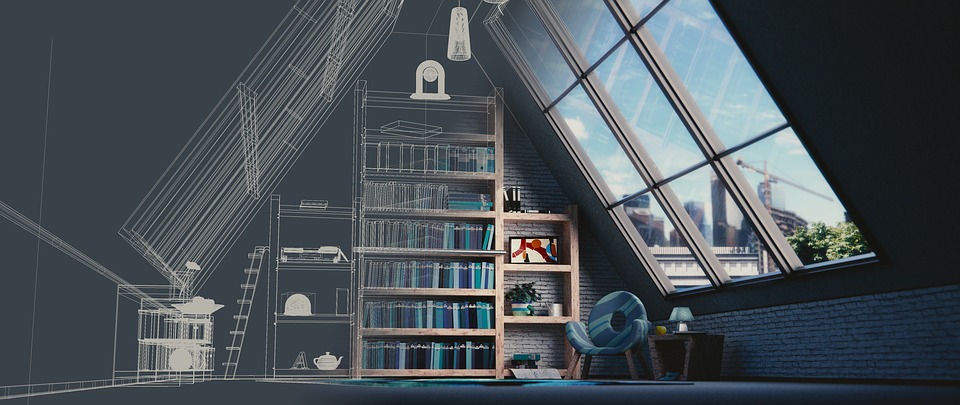Building Information Modeling (BIM) is a technological process that creates a 3D representation of a building and portrays its physical and functional attributes. Over the past few decades, the use of BIM has gained popularity among the major stakeholders in the building and construction industry. This increase in popularity has been attributed to its ability to simplify planning, designing, operation, and maintenance of buildings. Besides simplifying technical and engineering works, BIM has also influenced the regulatory and legislative (building controls) portion of construction.
Improved the Process of Issuing Permits
In some localities, BIM has been integrated into special online services to improve the ease of interaction between designers, authorities, and clients. Some of the online services allow the designer to submit BIMs to the authorities for application of a permit. To obtain a permit, the designer is required to upload an IFC model via the online service, choose the location of construction, and requests approval from the relevant authority. The IFC model often retains the information needed by the authorities to issue a permit. This makes it easier for the authorities to determine if the building meets all standards necessary to get a permit. It also reduces the time needed to issue a building permit.
Enhanced Quality Control Process
BIM has also improved the quality control process. Today’s designers and authorities have access to software like Solibri, which automatically inspects the quality of the model as well as the degree of code compliance. The software accelerates the control process and sometimes reveals errors that might have gone unnoticed if the designer used 2D drawings.


